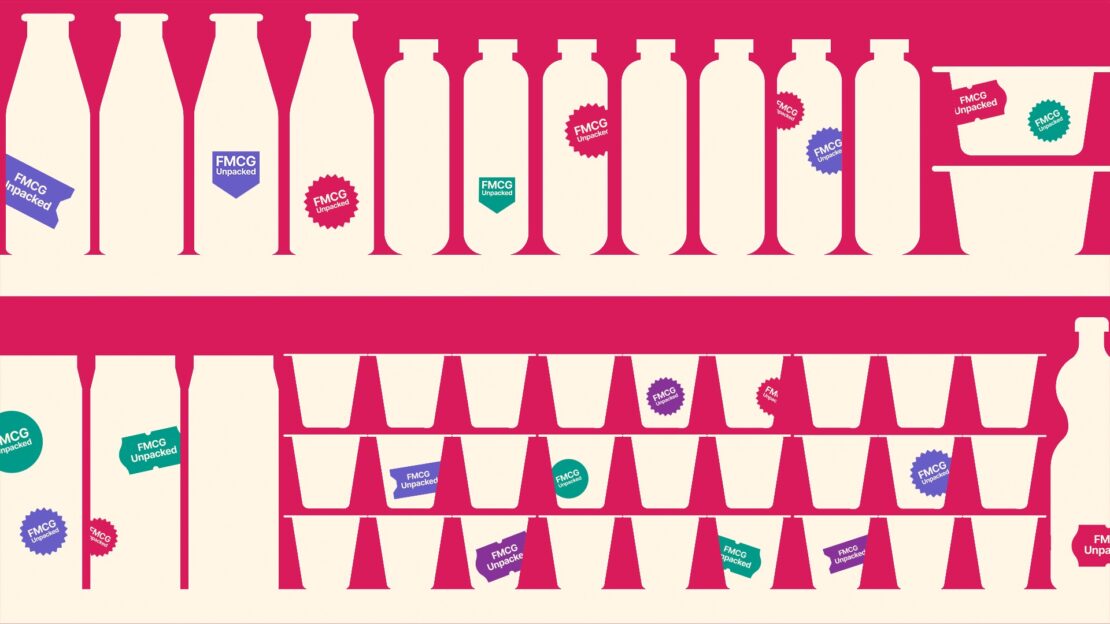COVID-19 Communications Trends
October 6th, 2023
A snapshot of the actions, words and behaviours defining communications based on insights from Grayling teams across 30 offices in Europe.
1. The Death of Online vs Offline
The first quarter of 2020 has seen a huge cultural shift across the globe, as the new social norms enforced by the COVID-19 pandemic have developed. The need for social distancing has resulted in huge swathes of human life moving online – creating enormous changes in human habit and communication (e.g. Zoom, HouseParty). Whole communities and demographic groups have moved their existences and networks to the web with a speed they would previously have thought impossible (e.g. Basic-Fit, Grayling client in BENELUX + FR).
What this means for brands
- Everything is possible – existing systems and technologies are there to be exploited, to create a seamless on/offline experience at minimal cost
- Trust the consumer – the past few weeks have shown us that actually EVERYONE can do online stuff, it’s not hard and people do in fact get it
- Communication is different online – you need to message and manage differently
- Content is even more of a priority – but what content, and how it’s produced. is more crucial than ever
2. Community & collaboration
Positivity can be hard to come by at present, but one indisputable upside to the COVID-19 pandemic has been the scale and speed of collaborative initiatives that have sprung up in response.
From the development of collaboratively-created online resources to help fight the spread of COVID-19, to entire educational programmes being spun up in the virtual worlds, to choirs, clubs, choruses and orchestras moving from physical space to virtual; the need to connect, to form communities and to share experiences has never been more evident.
What this means for brands
- Everyone and every business has a community – help yours come together
- Find existing communities and join in – it’s not always right to create your own
- People will always find a way to connect – they won’t always do it where you expect, or choose, but it will always happen. How can you make that work for you, or support it when and where it happens?
- Act local – national brands can benefit by supporting their local communities
- Now is not the time for rivalry – which partners, or better still competitors, could you collaborate with for the greater good?
3. Humanity
The deeper we get into the pandemic, and the longer global isolation measures are in place, the more people will seek human connection and contact – and a human approach to communications. Conversely, there has been a widespread backlash against those brands or people who have been seen to behave in a less-than-human (perhaps ‘less than humanitarian’) manner.
What this means for brands
- Now is the time to prove your corporate responsibility – how can you help and what can you offer
- Communications should be open, honest and compassionate in tone – the current situation is huge and complex; you may not have all the answers right now, but be transparent and take people on the journey with you
- Put people at the heart of your communications – whether that’s the CEO or your front-line staff, show the faces behind the business to humanise what you say
- Be flexible with content – we’re all working from home so people don’t expect the usual polished, slick content. If anything, slightly more rough and ready content will be more trusted and appreciated
4. Brands, know your place
Now more than ever before, it’s vitally important that brands and businesses have a clear idea of their place in the global conversation.
In this environment of COVID-19 content saturation, it’s more important than ever for brands to remember that they don’t always need to have something to say.
What this means for brands
- In times of crisis, never sell. Communications should focus only on helping your customers, your communities and your employees
- Be useful – whether that’s providing expert advice or entertaining bored customers stuck in isolation, make sure whatever you communicate is genuinely helping somebody
- Don’t step outside your area of authority – if you’re not a medical business, don’t be communicating medical advice. Focus on your brand or business’s skills and expertise, and how this relates to the effects of COVID-19
- Most importantly, if you don’t have something useful and new to say, don’t say anything
5. Change and disruption
We are a long way from being able to make accurate predictions as to the shape that society and the economy will take as we adjust to a post-pandemic reality. However, it is certain that there will be huge opportunities as markets re-open and new models of business become apparent, as our changed and changing lifestyles give rise to concomitant changes in supply and demand.
What this means for brands
- Think carefully – decisions that companies take now will be what determines their potential two-decade trajectory
- No industry or business type should stand still – there are threats and opportunities for all
- Continually adapt – regular, smart thinking about how this is playing out is vital if brands and businesses are to mitigate challenges and create advantage
- Now is the time to think big and bold – don’t be shackled by ‘how it’s always been’. Now, it’s different.

